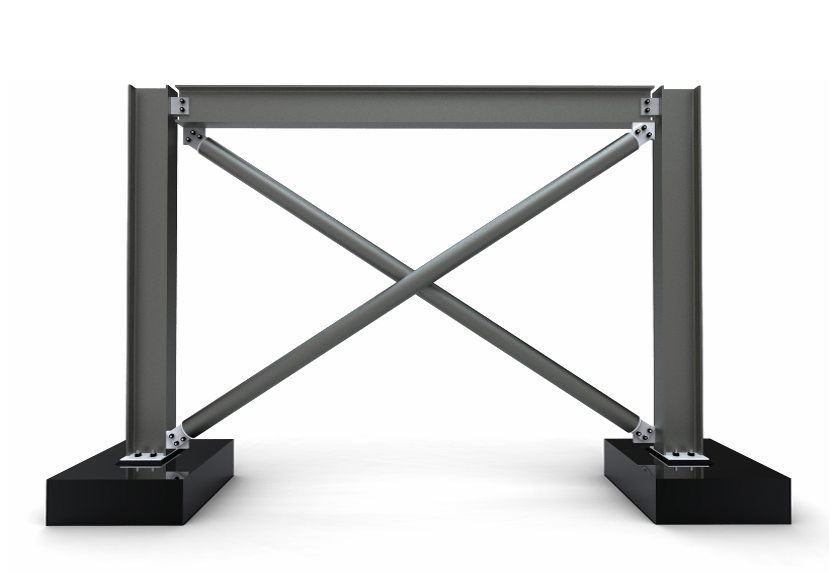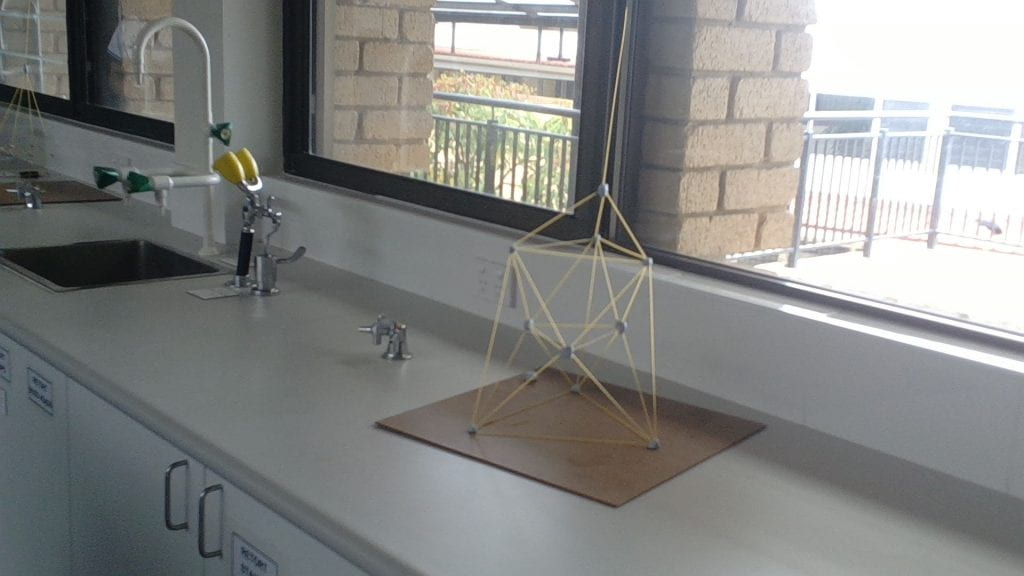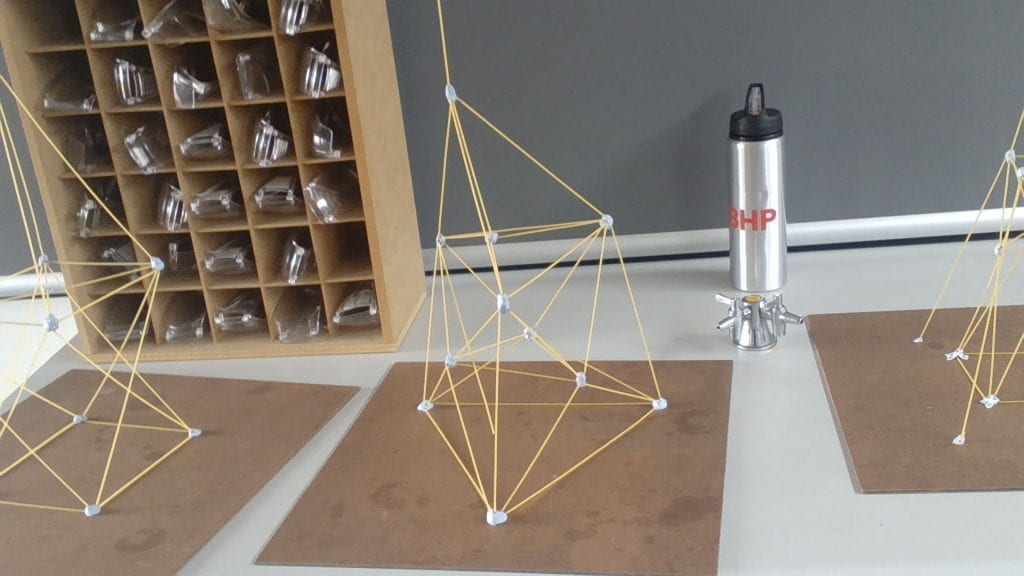As we cooked dinner on Year 9 camp, the capability that my group improved on was Teamwork.
The destination was a remote place called Kalbarri. Since we were out in the
bush. We had to sleep in tents every night and cook in horrible little pots
called Trangias. They contained: bowls, chopping boards, blunt utensils, and a
place to light our fire. Now, having to cook in the sand every day was bad
enough. But to make matters worse, I was vegetarian. The only vegetarian in the
group. This created problems when working in cooking groups. I was fortunate
enough to be placed in a group with a good friend. But the other two members
were two students who, at first, didn’t take kindly to the fact that there was
another mouth to feed, one that couldn’t eat meat. That first night we were
deemed the messiest group as we didn’t work as a team, the cutting was uneven,
and the ingredients were all put late. It tasted, horrible. As we moved campsites,
our group managed to make a mess at every location. The group was so bad that
teachers even offered for me to work with a cleaner group.
I refused.
This is because something had changed by then. Yes, we were messy, and we barely cooked anything good. But over all the time we spent cleaning up our mess, I found that I developed a connection with my group members. Not only strengthening the one with my friend but even a friendship with the other two.
By the end of camp, our final meal cooked as a group was perfect. We had divided our responsibilities between us and split the vegetarian and non-vegetarian section without flaw. We finally reached a level where we worked well together as group.





